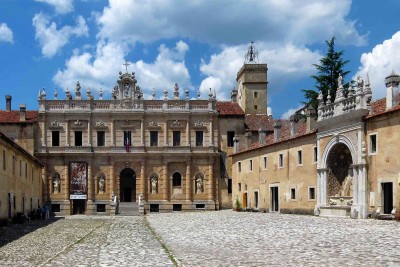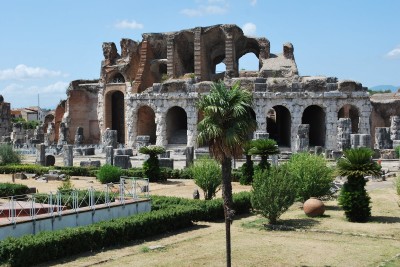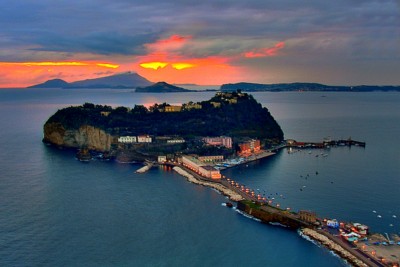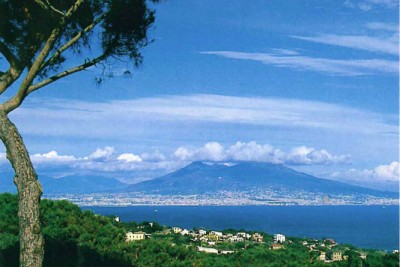Cilento and Vallo di Diano National Park, the Heart of Three Ancient Civilizations
The Cilento, where the Greeks of Magna Graecia met the Etruscans and Lucanians






This is the second-largest national park in Italy and includes mountains with thick woods of chestnuts and evergreens, rolling hills covered in olive trees, river valleys sloping down to the Tyrrhenian Sea and beautiful uncontaminated beaches.
The earliest human presence in the region dates back over 250,000 years, when Homo erectus was living in caves along the coast.
During the Bronze and Iron Ages small groups of warriors and traders moved into the region.

By the end of the 2nd millennium B.C., trade with Mycenae, Greece, had become substantial, and many of the sophisticated cultural and technological elements of late Bronze Age Greece were introduced here.
With the collapse of Mycenae, this trade with the Eastern Mediterranean declined greatly to be replaced by active trade within the peninsula itself, as Cilento was also an important boundary zone with the Etruscan cultures of central Italy.

Greek colonization began in the late 7th century B.C., with coastal trading settlements being established at Agropoli and Poseidonia (which was renamed Paestum in Roman times) in the northern part of Cilento. Elea (Velia) was founded in 540 B.C. and became one of the most influential centers of learning in the ancient world.
At the end of the 5th century B.C., the Lucanians of the interior defeated the league of Greek coastal cities.
Two centuries later, the region was incorporated into the territories of Rome.
With the collapse of the western Roman Empire, when its roads and bridges fell into disrepair, the earlier, much more primitive network of communication and settlements came into its own again. During the Middle Ages feudal castles and religious foundations were also established.

The park splendid landscape is interspersed with villages clinging to its high, rough rocks, or larger towns that seem to cruise leisurely along its coasts.
The ark has approximately 1,800 different plant species, with a fauna just as diverse, given the variety of environments spanning the territory.
Among the animals that populate the park there are golden eagles (Aquila chrysaetos), rock partridges (Alectoris graeca), Corsican hares (Lepus corsicanus) and even wolves.
The park’s foremost cultural attractions are the ancient towns of Paestum, Velia and the Certosa of Padula.






